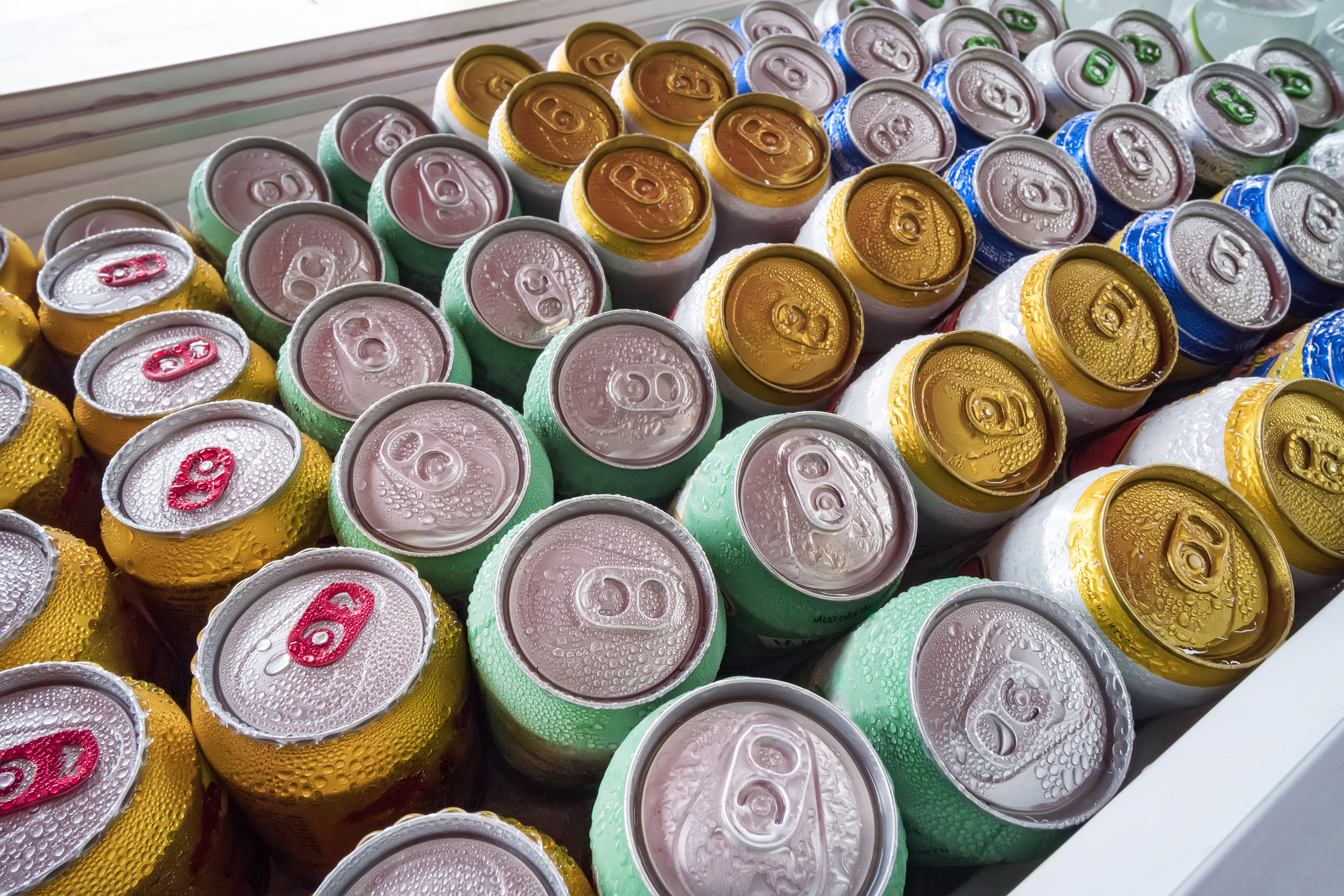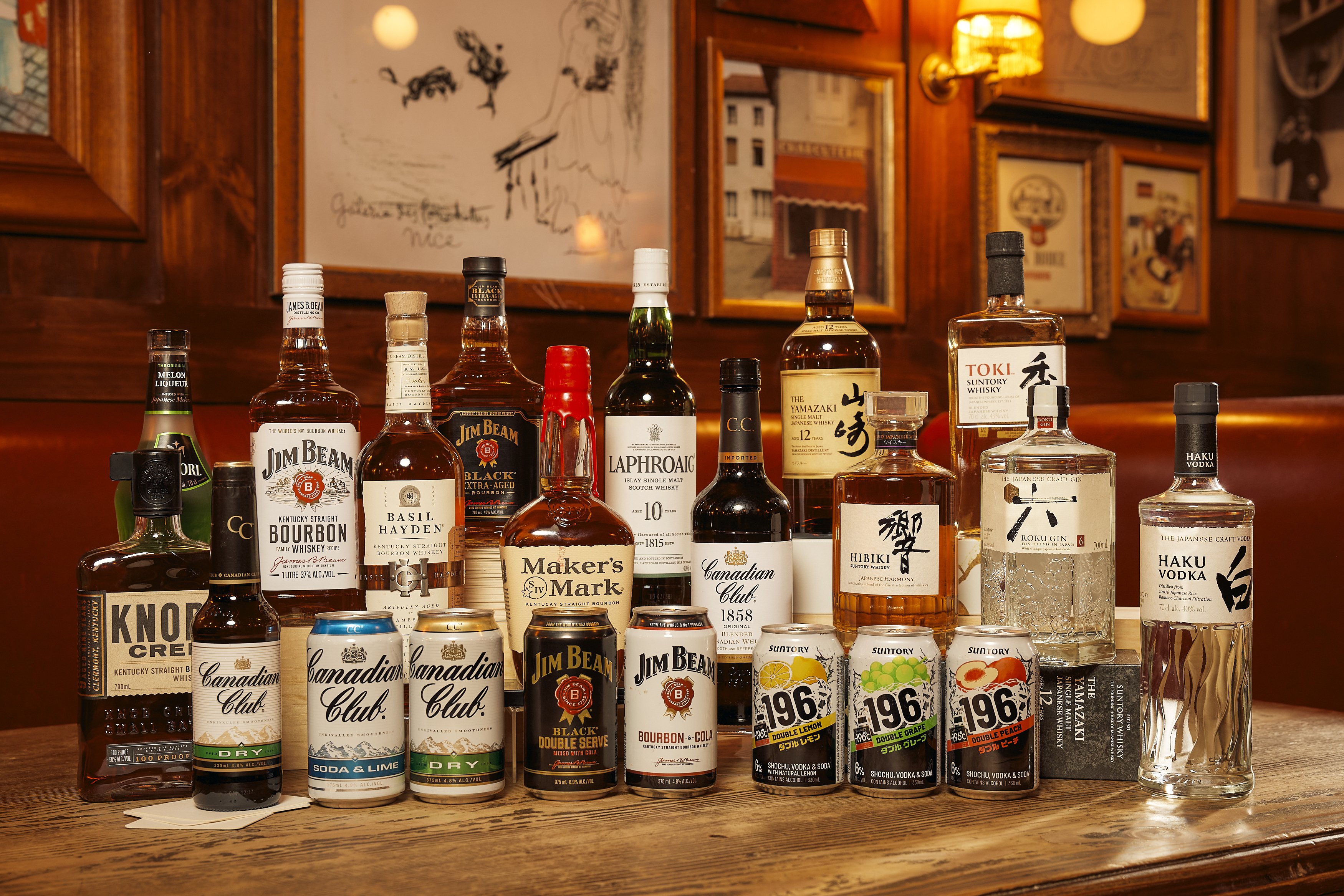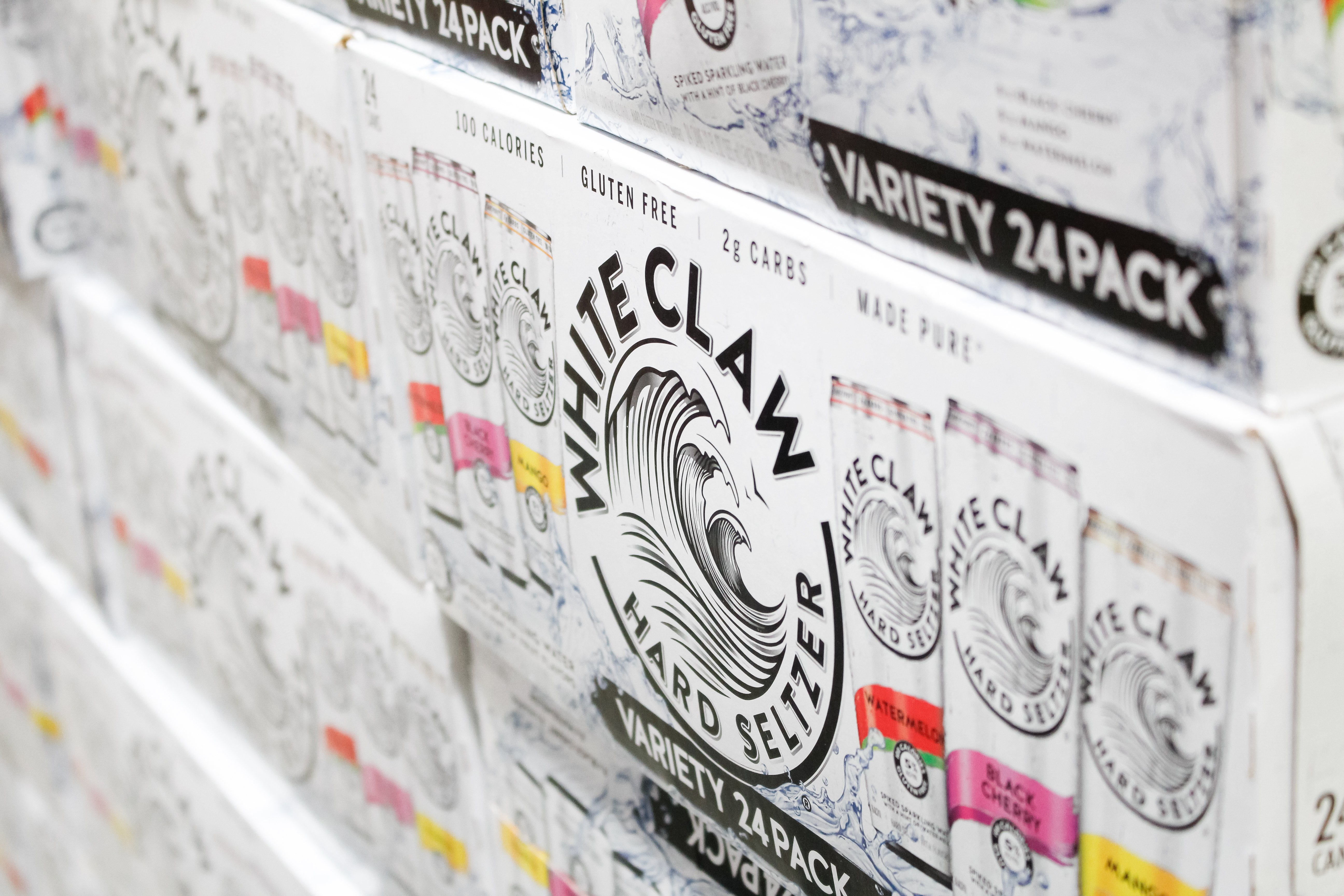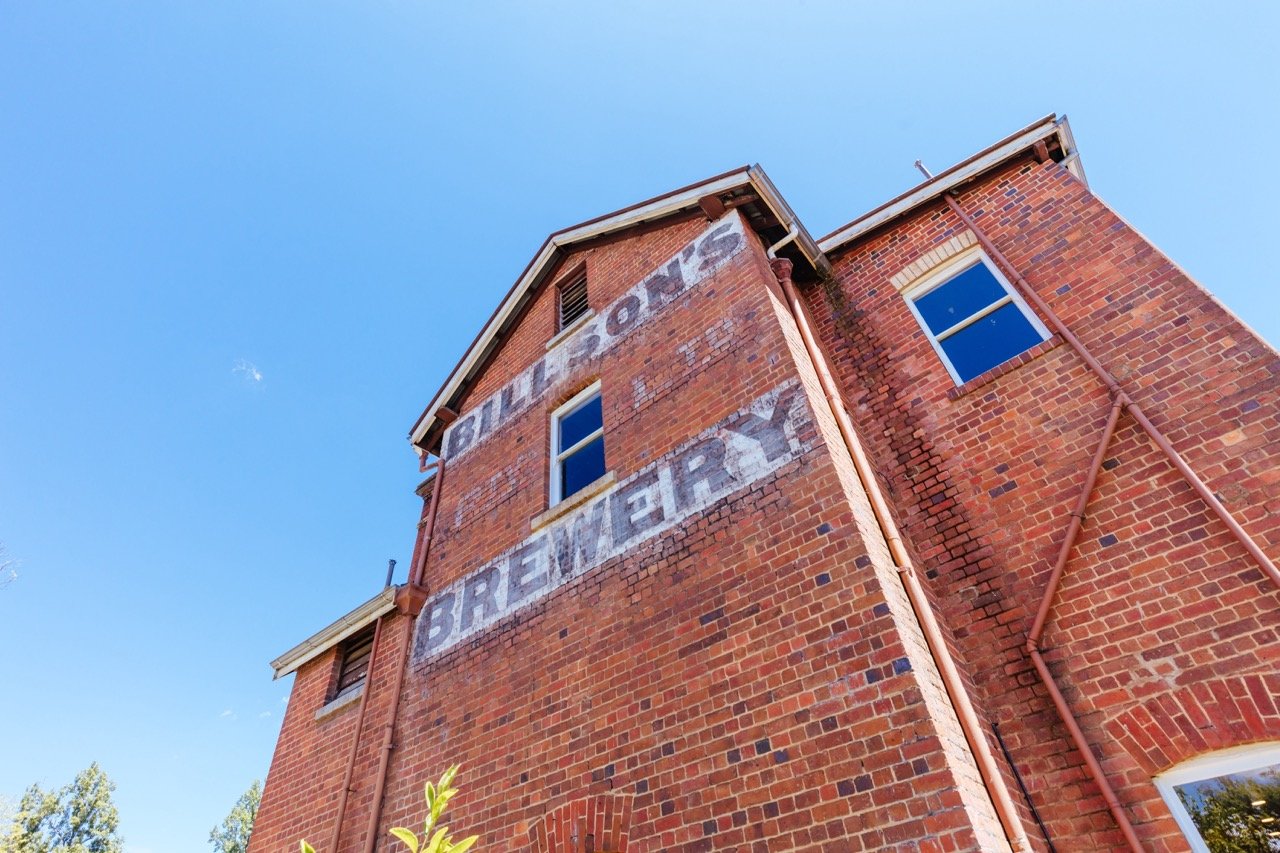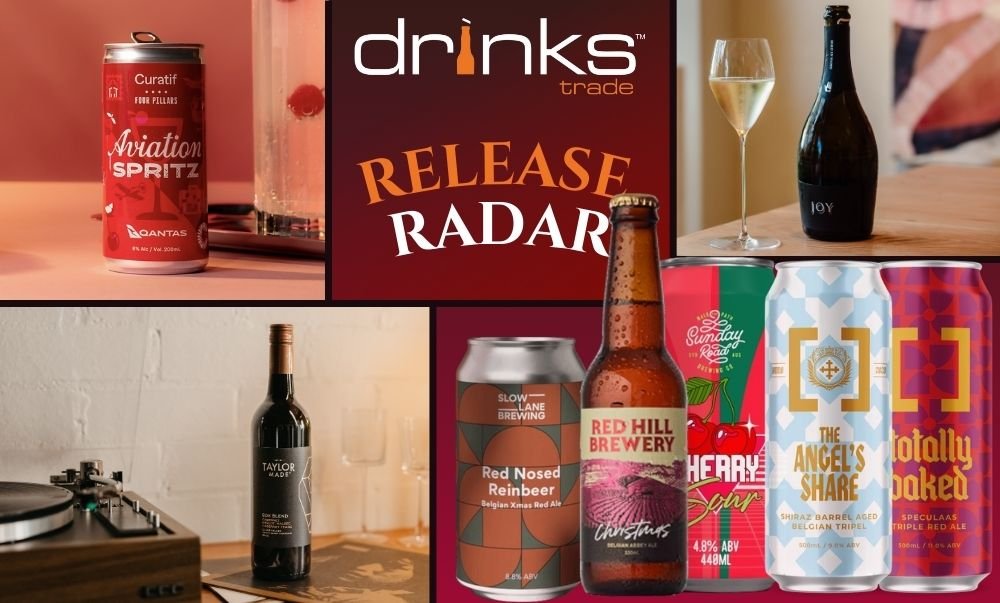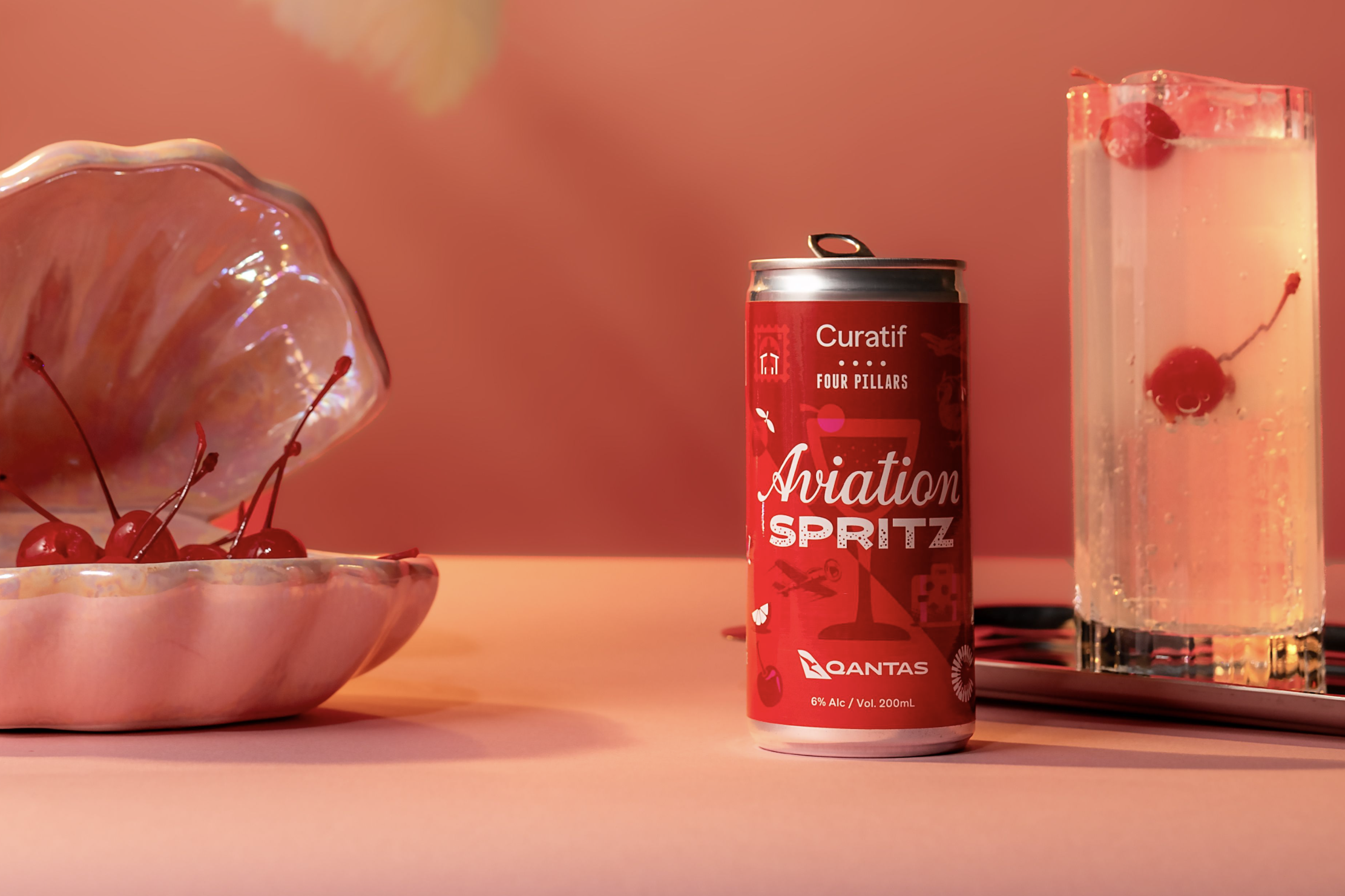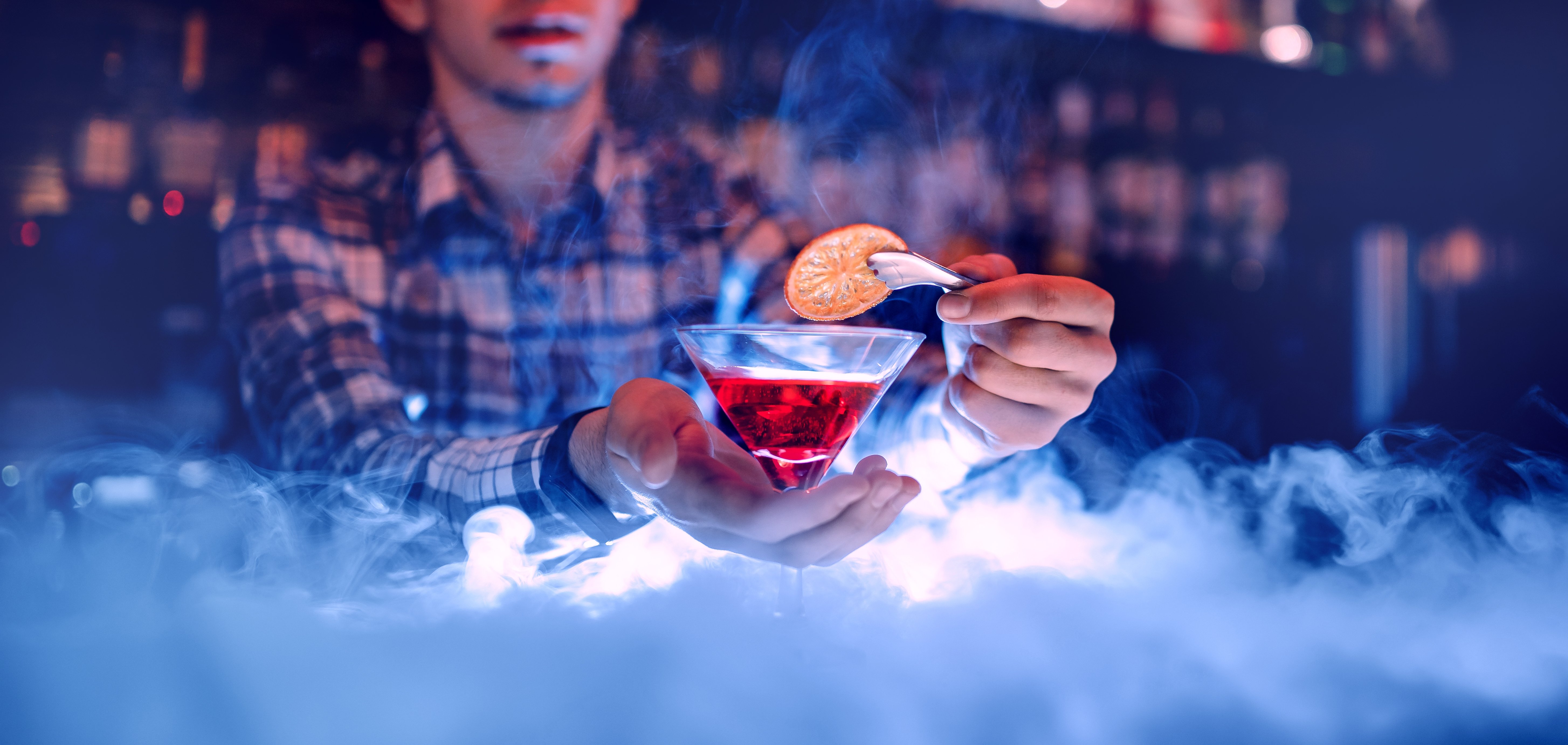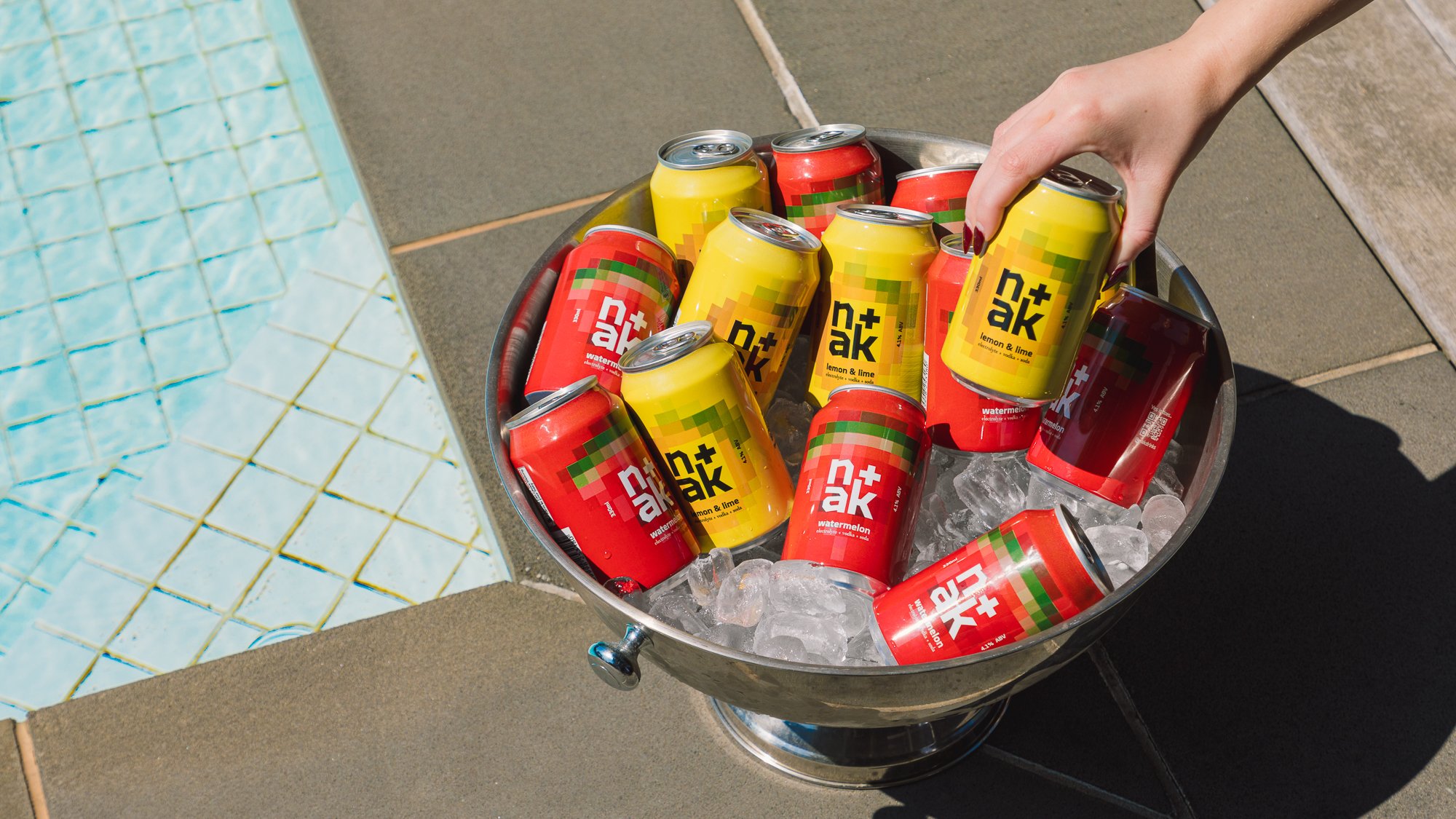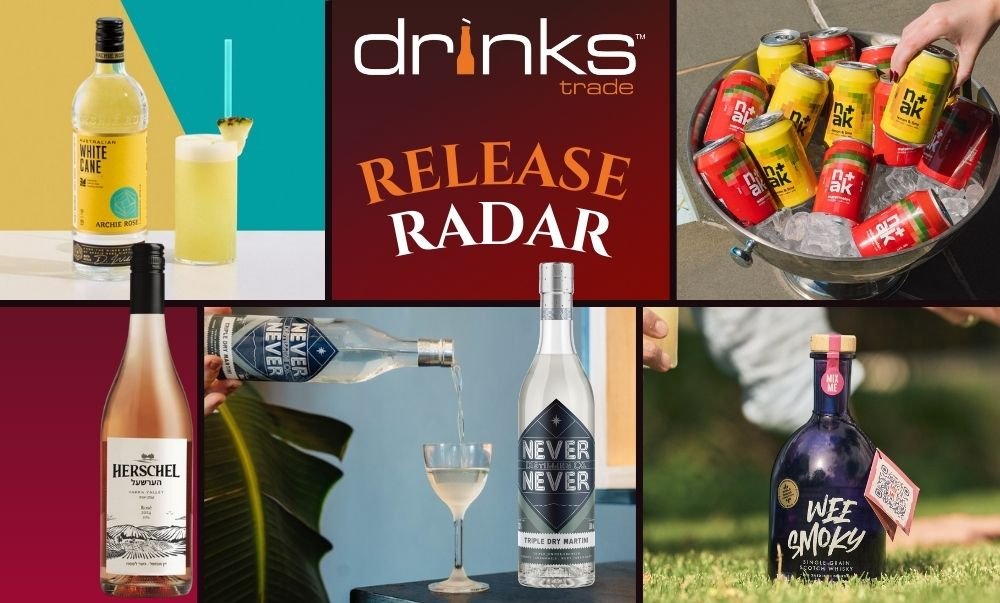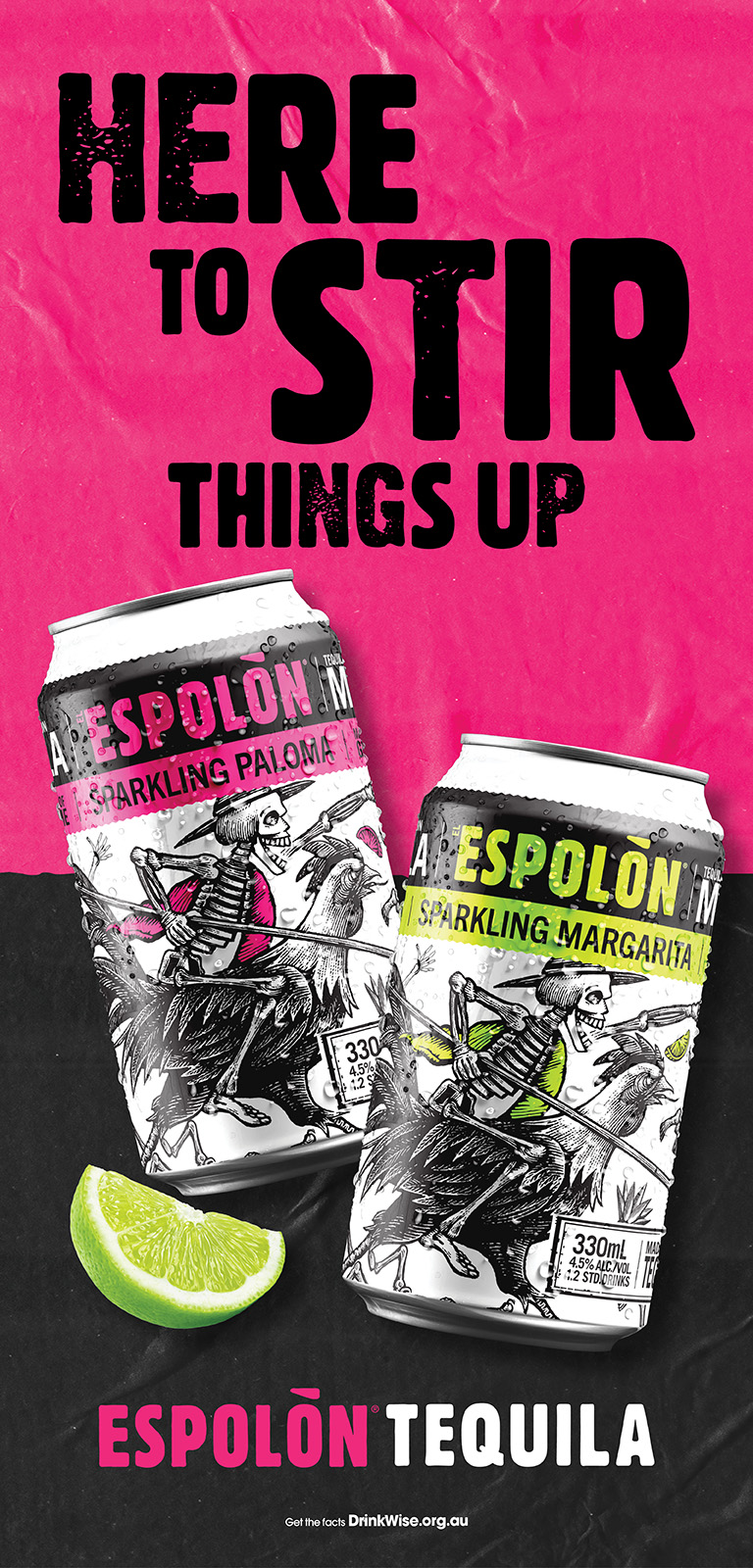Despite the ongoing strong performance of the global RTD category which positioned it as the only major drinks type that grew by volume in 2023, the global ready-to-drink sector remains notably fragmented on a market by market basis. What’s more, the rate at which the category is developing via product and flavour innovation has led to even greater market contrast. This means that brands looking to emerge into the space will benefit from focusing on a local level instead of following global trends.
According to Emily Neill, Chief Operating Officer of Market Research at IWSR, the current climate “is immensely challenging for beer and spirits companies when they are launching or expanding an RTD brand, because each market has its own individual taste preferences.”
Another key differentiating factor separating different RTD markets is whether they focus more on flavour or on brand. According to recent IWSR analysis, Australia and the UK are more brand-focused whereas countries such as Argentina and Colombia are more flavour-led.
“The pace of innovation shows that it’s never too late to launch a brand… in a flavour-driven market such as Brazil. A new brand can enter the market and dominate, or at least gain share rapidly,” said Luis Osorio, Head of Consumer Research at IWSR.
“For other countries, such as Australia and Spain, it’s much harder to achieve this. The barriers are higher because these markets are more brand-loyal.”
The difference between these two categories is evidenced in sales data. In 2022, IWSR standard deviation analysis of Brazil, a flavour-led market, found that 26% of the total volume of the current top five leading RTD brands were not on the market in 2012. Comparatively, the same analysis conducted in Mexico found only 3% to be new category entrants over the 10 year period.
Despite this, markets with a similar tendency towards either brand or flavour also show a high level of contrast. Out of the top 15 key beverage alcohol markets in the world, only the gin & tonic was the most popular cocktail in more than two countries.
According to Emily Neill, “a trending cocktail or flavour in Mexico, for example, may not resonate at all with consumers in Brazil and Argentina. This is a useful proxy to explain why it can be so challenging for a single RTD brand to find success in multiple markets.
“The fact that the RTD category is such a fast-moving and highly innovative space begs the question: do you need a local, new-to-world brand in order to be successful? Or is the partnership approach involving best-selling category brands an option that can scale across countries? We will need to see how this develops over time.”
//
Number of RTD drinkers has more than doubled since March 2020
Share the content
